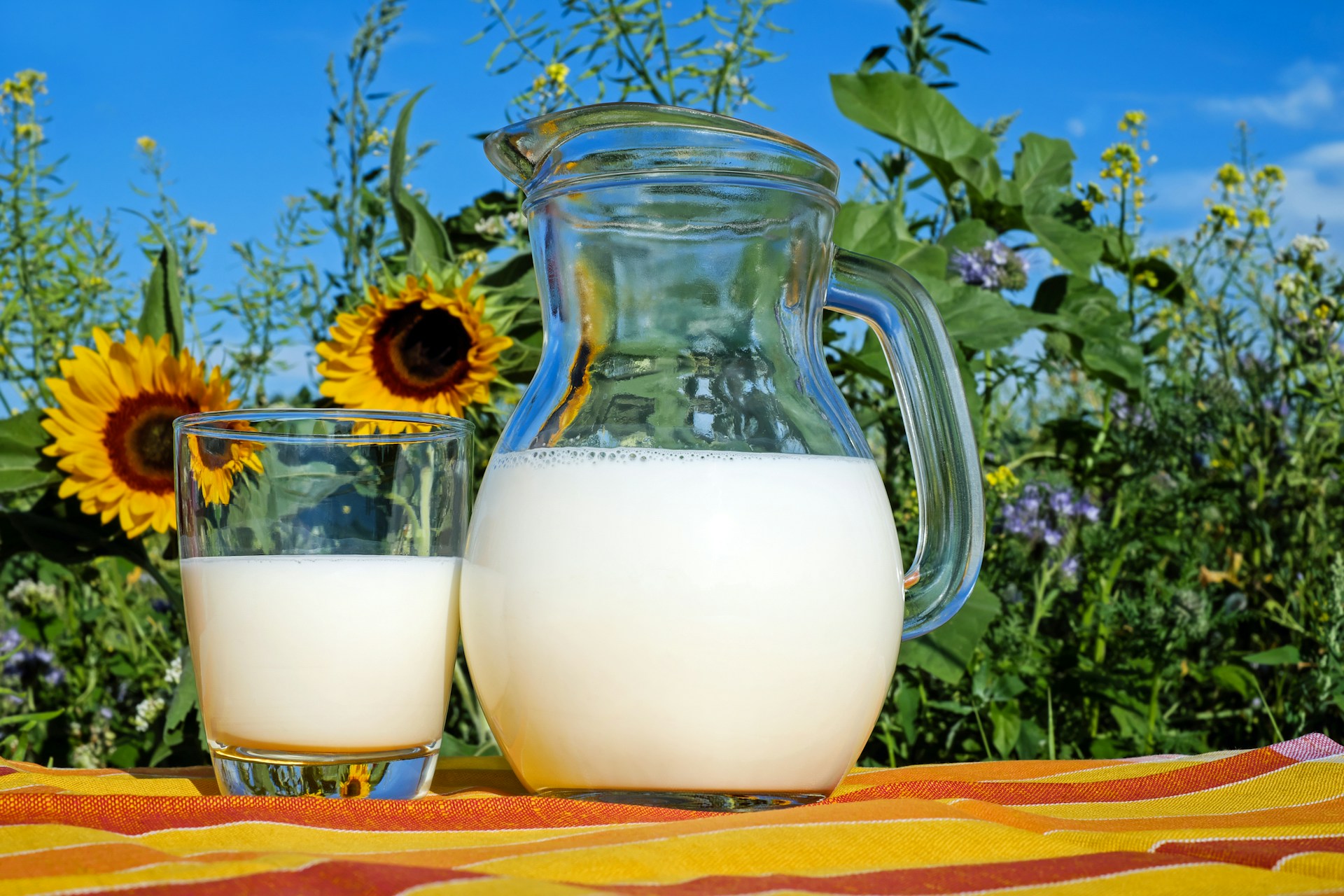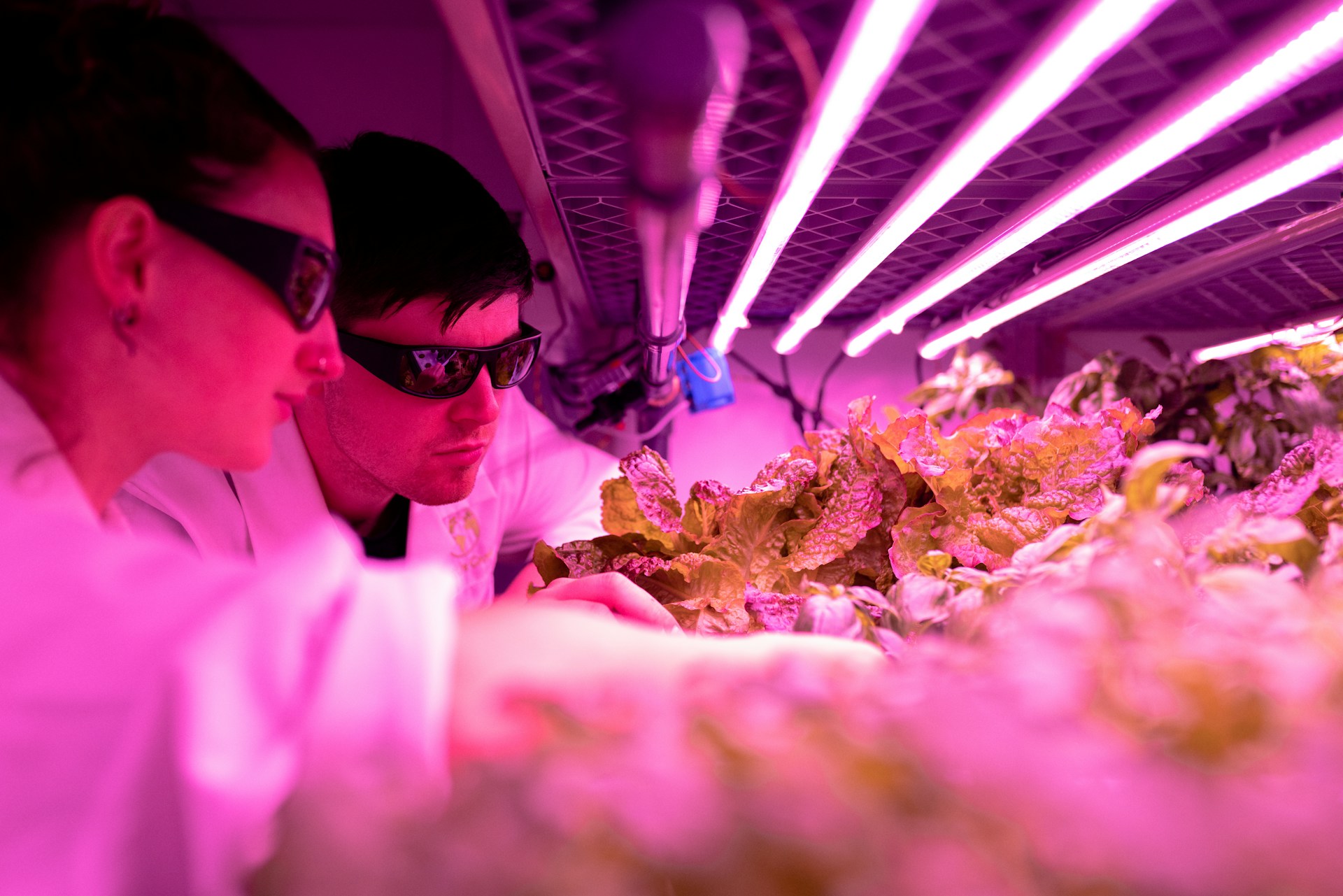
Hydroponic Coffee, Anyone?
May 3, 2022 - Ellie Gabel
Revolutionized is reader-supported. When you buy through links on our site, we may earn an affiliate commission. Learn more here.
While many technological advancements have improved the agricultural sector in recent years, many industry leaders would argue there’s still room for improvement. With the climate change crisis dominating headlines and becoming top of mind for consumers, concerns regarding the global food chain are emerging.
Many industries are looking to adopt more sustainable business practices, from manufacturing to retail. Considering how the global agricultural industry is responsible for food production, it’s critical to identify viable solutions to some of the most pressing industry challenges.
A growing area of alternative farming systems penetrating the food production industry is hydroponics. While the concept of hydroponics is not new, it’s possible that it could be a potential solution for producing food – and coffee in particular.
Continue reading this in-depth article about hydroponics, types of hydroponic systems and how they work. In addition, learn more about coffee production, how climate change negatively impacts it, and how hydroponics may serve as a feasible solution.
A Brief History and Overview of Hydroponics
The word “hydroponics” comes from the Greek words “hudor,” meaning water, and “ponos,” meaning work. In translation, “hydroponics” essentially means “water-working.”
Hydroponics is a type of gardening that does not require soil. Three essential nutrients that plants need to grow are oxygen, carbon, and hydrogen, which can be provided through air and water exchange.
Other critical nutrients, along with growth hormones that mimic traditional soil-based systems, can also dissolve into the water that circulates around the plant. Hydroponic systems seek to deliver the critical nutrients to plants in precise amounts and at precise times.
Some experts believe the Hanging Gardens of Babylon used hydroponic systems. Additionally, Egyptian hieroglyphics indicate that ancient civilizations used water-gardening systems.
William F. Gericke was a plant nutritionist who studied at the University of California, Berkeley. He pioneered modern hydroponic agriculture after growing a 25-foot-high tomato vine using only water and nutrients.
Experts predict that the hydroponic systems market will reach an estimated $16.03 billion by 2025, meaning the practice may become more widespread in the agriculture industry in the next couple of years.
4 Examples of Hydroponic Systems and How They Work
There are many types of hydroponic systems that people can build to grow various crops. Some systems see more widespread use than others. Below are six examples of hydroponic systems and a brief description of how they work.
1. Deep Water Culture Systems
Deep water culture systems are one of the easiest and most effective systems used in hydroponics. The system sustains plant roots in a well-oxygenated solution, which is full of water and nutrients. The plant must stay in this solution 24/7 and its roots must stay deeply submerged in the water to achieve the best results.
2. Nutrient Film Technique Systems
The nutrient film technique, also known as NFT, is another popular and versatile hydroponic growing method. Many homeowners will use an NFT system for growing their own foods. Using a downward-facing tube, the system allows a continuous flow of nutrients to the plant and back to the reservoir.
Two advantages of an NFT system are that the pump runs 24/7, so there’s no timer, and there’s no need for a growing medium.
3. Ebb-and-Flow Systems
In an ebb-and-flow system, a pump on a timer regulates nutrients flowing from the reservoir to the growing tray. After the nutrients encompass the plant roots, they drain back into the reservoir.
One advantage of the ebb-and-flow system is that growers can modify the system to meet their unique needs or requirements. It does require a significant amount of growing medium but does efficiently use water and energy.
4. Wick Systems
People call this system a wick system because it resembles a candle wick and functions like one. Essentially, nutrients are pumped from a reservoir through a string up to a growing medium that holds the plants.
Typically, these systems are not great for growing large plants because a string usually cannot provide enough water to them. Additionally, an improper setup and using the wrong materials can be fatal to plants.
There are plenty of other types of hydroponics, but these four examples are some of the most commonly used and most popular.
Benefits of Hydroponics
What are some of the benefits of using hydroponics to grow crops? Explore some of the reasons why hydroponics can be a viable growing method for agriculture professionals:
- High yield: Hydroponic systems offer higher yields of calories per growing area. This is mainly due to the increased oxygen levels found in the nutrient solutions delivered to plants, meaning plants are in optimal conditions and experience less stress while growing.
- Less water: Compared to traditional growing methods, hydroponics uses up to 90% less water because of its recirculation techniques. Most hydroponic systems recirculate water, thus minimizing water waste.
- Fewer toxins: Hydroponics do not require the use of herbicides and pesticides, which are considered toxic applications. Without any soil for pathogens or pests to live in, it’s unlikely that they’ll survive in a hydroponic system.
- Regional diversity: Hydroponic systems allow farmers to grow crops from virtually anywhere. Even desert regions, such as those in Egypt or the Middle East, can support hydroponic agriculture at a large scale.
Drawbacks of Hydroponics
As with any type of farming system, there are some drawbacks that must be considered. Below are some of the main disadvantages of hydroponic systems:
- Negative environmental impacts: Some hydroponic systems that rely on grow lights may use a vast amount of energy. Additionally, many systems leverage large amounts of plastic for tubing and growing medium containers.
- Labeling issues: There’s controversy over whether or not crops harvested from hydroponic systems are considered “organic.” Farmers typically say no, while others believe yields can be certified organic as long as they’re free from GMOs, fertilizers, pesticides, and sewage sludge. Some retailers will label these foods as hydroponically grown, but there’s no requirement for them to do so.
- System vulnerabilities: Hydroponic systems are highly sophisticated and can be complex to manage. For instance, if one component of a system fails to work properly or is installed incorrectly, the entire crop yield is put at risk. This can be a major concern if hydroponic systems are used on a large scale.
- Nutritional value: Depending on the nutrients delivered to plants, the nutritional value of hydroponically grown foods can vary. In general, hydroponic systems yield foods that are as nutrient-dense as conventionally grown, soil-based plants. More research is needed to determine the overall nutritional value of hydroponically grown crops.
Continue reading to learn more about how hydroponics is related to coffee and how climate change is impacting coffee production.
How Climate Change Is Impacting Global Coffee Farming
It’s no secret that climate change is negatively affecting many regions of the world, therefore impacting the global agriculture sector. With an increasing population, food production and food security are major concerns for world leaders and their citizens.
Many farmers find coffee growing to be lucrative, especially growers in areas where coffee is often cultivated. For example, Latin America is a popular place for coffee growing and the industry employs over 14 million people. However, the climate crisis could negatively impact the coffee industry, especially growers in the so-called “coffee belt.”
Coffee crops require specific conditions to grow properly, including set temperatures and light and humidity levels. As global temperatures rise, it may become more challenging for coffee crops to grow properly in regions where they typically flourish.
Additionally, construction projects around the globe are eating up more arable land, meaning there will be limited land resources for growing crops, including coffee crops.
Hydroponic Coffee Farming: A Potential Eco-Friendly Solution
How can hydroponics play a role in sustaining coffee production around the world?
Richard Twum-Barimah Agyapong, CEO of Ridol Hydroponics, believes hydroponics could be the solution to these climate change and construction challenges, and it may be revolutionary in changing the face of agriculture.
Agyapong says hydroponics results in increased yield, uses up limited space, does not rely on depleting soil microbes, and uses less water than crops traditionally cultivated on land. Additionally, he mentions that it may be expensive to implement hydroponic systems, but the initial cost pays off.
With hydroponic systems, coffee can be grown properly under optimal conditions because coffee crops are situated in a controlled environment. The growing conditions would be more consistent and safe as well as free from pests, which cannot survive in an environment without soil.
Many believe the benefits of growing coffee crops hydroponically outweigh the drawbacks or challenges. According to the Food and Agriculture Organization (FAO) of the United Nations (UN), low-tech hydroponics can enable growing plants in arid environments, and coffee crops are no exception.
Hydroponics May Play a Significant Role in Coffee Production
While it’s uncertain whether or not hydroponic systems will become mainstream in the coffee industry, there’s no doubt that alternative growing technologies and methods must come to the forefront to combat the effects of climate change. Coffee is one of the most widely consumed drinks in the world – it’s reported that 2 billion cups of coffee are drunk a day.
It will be interesting to see whether professionals in the coffee industry leverage hydroponic systems to produce coffee and allow these crops to thrive in a controlled environment. Because there’s a lack of sufficient measures being taken to prevent declining coffee growth, farmers may need to turn to hydroponics in an effort to make a living and produce coffee for the world.
Revolutionized is reader-supported. When you buy through links on our site, we may earn an affiliate commission. Learn more here.
Author
Ellie Gabel
Ellie Gabel is a science writer specializing in astronomy and environmental science and is the Associate Editor of Revolutionized. Ellie's love of science stems from reading Richard Dawkins books and her favorite science magazines as a child, where she fell in love with the experiments included in each edition.






